Market Trends
Introduction
The main macroeconomic indicators that significantly influence the evolution of the market are macroeconomic indicators. Technological progress, especially in the field of fast data transmission and the creation of network structures, is driving the demand for more efficient and reliable optical solutions. The regulatory pressure to raise the level of telecommunications and digital interconnection is shaping the environment and forcing the players to adapt and innovate. Also, the changes in the consumer behavior, characterized by a growing need for high-speed applications and services, encourage the companies to focus on the development of advanced optical components. These trends are of crucial importance for the players, as they not only point to the strategic importance of innovation and compliance, but also to the need for agility in the face of market changes.
Top Trends
-
Increased Demand for High-Speed Internet
Optical fibres are being laid all over the world in order to make the Internet available in ever-faster mode, especially in cities. Governments are investing heavily in this network, as in the case of the United States, which has just set aside $20 billion for the Rural Digital Opportunity Fund. In this way, companies are being driven to develop the technology of fibre-optic communications, in order to make data transfer more reliable and faster. Demand is therefore putting increasing pressure on the suppliers of components for fibre-optic networks to develop more advanced products. -
Adoption of 5G Technology
The deployment of 5G networks is having a significant impact on the fiber-optic components market, because 5G requires high-capacity backhaul solutions. The industry’s leading companies are developing special fiber-optic cables to handle the increased data traffic that 5G will bring. Major operators are investing billions of dollars in fiber-optic cables to ensure reliable service. This trend will encourage innovation in the fiber-optic field, which will result in more efficient and cost-effective solutions. -
Growth in Data Centers
The spread of data centers is driving a growing demand for fiber-optic components, as these sites require high-speed, low-latency connections. According to industry estimates, the number of data centers will increase by 20 percent annually. And companies are working to develop high-density fiber-optic solutions to optimize both space and performance. This trend will likely lead to advances in fiber-optic technology, boosting data transmission speeds and network efficiency. -
Emergence of Smart Cities
The development of smart cities creates a need for advanced fiber-optic networks to support the Internet of Things and smart devices. To ensure the smooth functioning of cities, governments are investing in fiber-optic solutions. In Barcelona and Singapore, for example, the fiber-optic networks have been implemented to support smart applications. This trend will bring innovations in fiber-optic technology and will lead to the integration and responsiveness of the city. -
Sustainability Initiatives
The optical fibre components market is increasingly focusing on the concept of sustainability, with companies adopting more sustainable production and material practices. Leading companies are now exploring the use of biodegradable materials and the use of low-energy manufacturing methods. For example, carbon footprint reduction initiatives are becoming increasingly popular, with some companies pledging to achieve zero net emissions by the year 2030. This trend is likely to reshape the market supply chain and the preferences of consumers towards more sustainable optical fibre solutions. -
Advancements in Fiber Optic Sensors
The development of optical fibre sensors is reshaping a number of industries, including medicine, automobiles, and the environment. High sensitivity and reliability are two of the main reasons for the success of these sensors in critical applications. Optical fibre sensors are increasingly being used to monitor the condition of buildings and other structures. This trend is expected to drive the development of optical fibre technology and to give rise to new applications and improved performance. -
Integration of AI and Machine Learning
Machine learning and artificial intelligence have been used to improve the efficiency of fibre-optic networks, and to increase their reliability. The companies are using these methods to optimize the performance of their networks and reduce their downtime. Artificial intelligence-based analytics, for example, are used to monitor fibre-optic networks in real time. This trend will probably lead to more intelligent and more adaptable fibre-optic solutions, which will lead to better quality of service and customer satisfaction. -
Expansion of Telecommunications Infrastructure
The expansion of the telecommunications network in the developing countries is causing a growing demand for fiber-optic components. To bridge the digital divide, governments are putting greater emphasis on the development of communications, with the African Union's strategy for digital transformation. This trend has prompted companies to invest in fiber-optic solutions adapted to emerging markets. Competition and innovation in these areas are growing. -
Rise of Cloud Computing
The shift towards cloud services is causing a shift in the fiber optics market, since cloud services require a very fast and robust connection. The cloud companies are investing in fiber-optic solutions to support the data transfer between the cloud and the end users. For example, the large cloud companies are expanding their fiber-optic networks to improve the quality of their services. This development will lead to further improvements in fiber-optic technology, enabling greater scalability and performance. -
Focus on Cybersecurity
A heightened focus on security is now driving the market for optical fiber components. Companies are developing secure optical fiber solutions to protect data transmissions from any breaches. For example, new developments in quantum key distribution are being explored to enhance security. This trend will likely result in a development of more secure optical fiber technology, which will help to ensure the integrity of data and the trust of users.
Conclusion: Navigating Fiber Optic Market Dynamics
The fiber-optic components market will be characterized by a strong competition and a high degree of fragmentation towards the year 2025. The geographical development shows an increasing demand in Asia-Pacific and North America. This will force the suppliers to adapt their strategies accordingly. The established players rely on their brand and customer relationships, the newcomers on innovation and agility in order to capture niches. The ability to integrate the latest technological developments such as artificial intelligence, automation, and flexibility into products and services will be decisive for suppliers who want to assert their leadership in this changing market. These capabilities must be given priority in order to increase the competitiveness and agility of the suppliers.

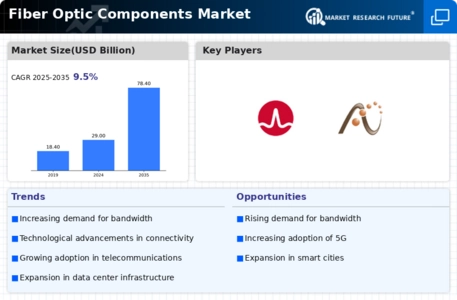
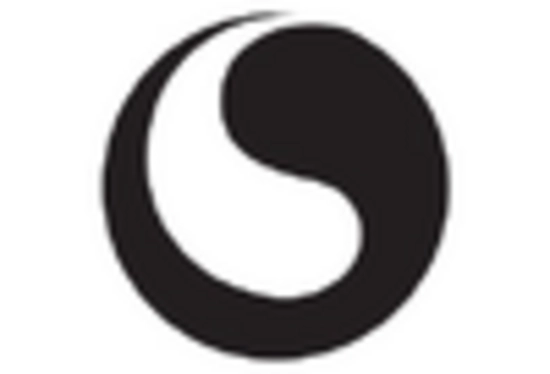
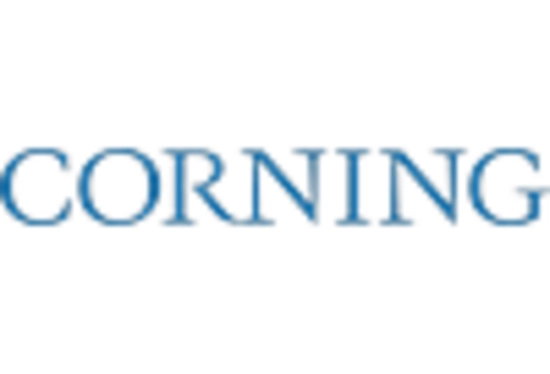
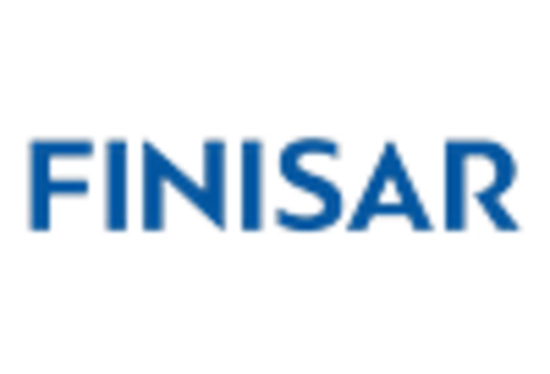
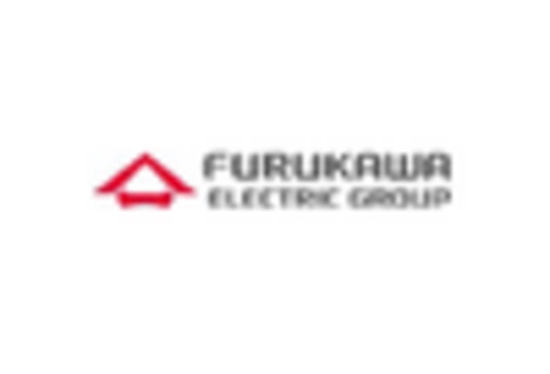
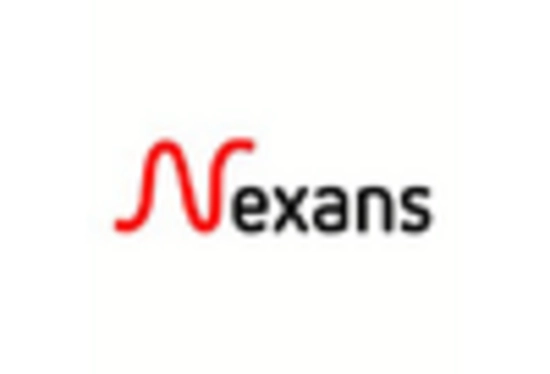
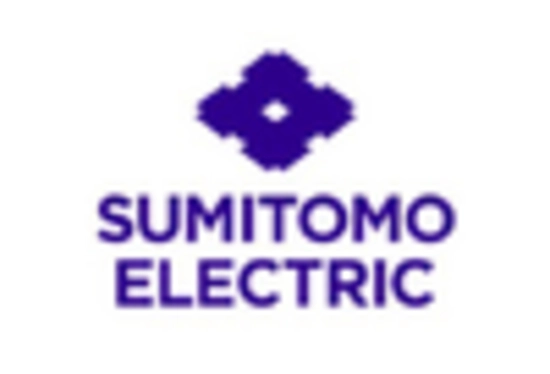

Leave a Comment